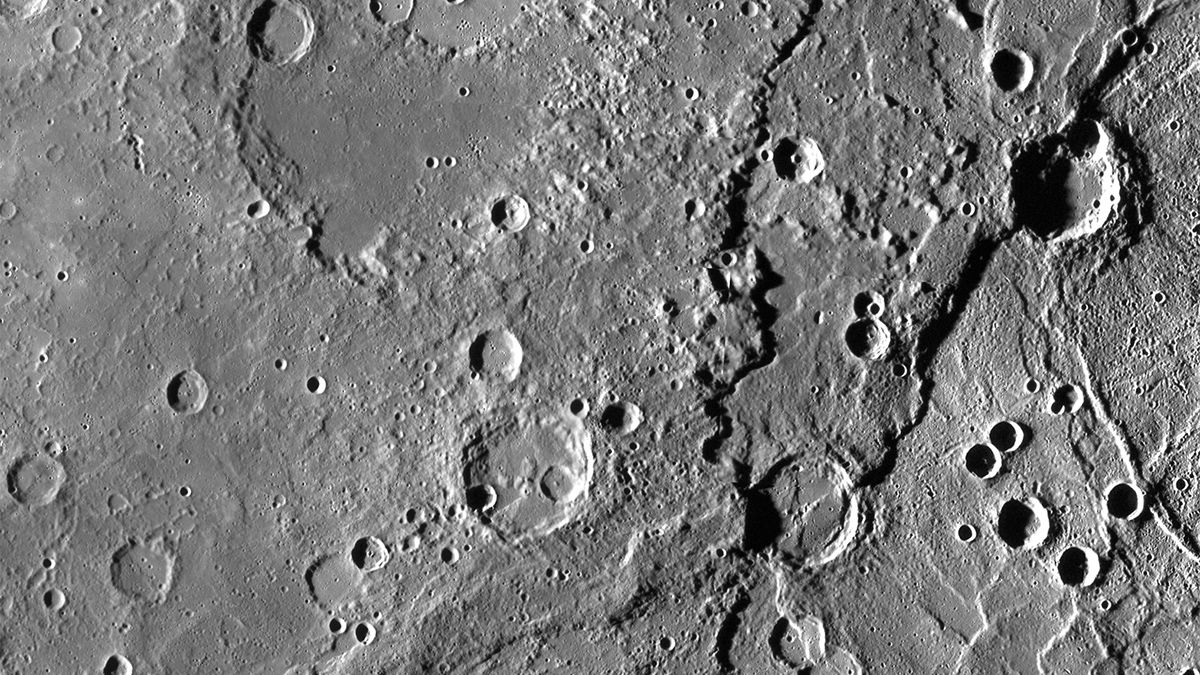Now Reading: Mercury’s Shrinking: How Much Has the Planet Contracted?
-
01
Mercury’s Shrinking: How Much Has the Planet Contracted?
Mercury’s Shrinking: How Much Has the Planet Contracted?

Swift Summary
- Mercury, the closest planet to the Sun, has been continuously shrinking since its formation 4.5 billion years ago due to heat loss.
- Shrinking leads to cracks on Mercury’s surface, forming thrust faults that adjust for changes in the planet’s size.
- Earlier estimates of Mercury’s radius shrinkage ranged from 1 to 7 kilometers but varied due to methods reliant on fault dataset sizes.
- Researchers Loveless and Klimczak introduced a new methodology that measures the largest fault’s role in accommodating shrinkage and scales this effect for total estimation.
- Using different datasets (5,934 faults, 653 faults, and 100 faults), their method consistently estimated shrinkage between 2.7 and 5.6 kilometers since Mercury formed.
- This refined estimate sheds light on Mercury’s long-term thermal history and suggests applicability of the methodology in understanding tectonics of other celestial bodies such as Mars.
Image: A close-up showing the Enterprise Rupe fault cutting through mercury’s Rembrandt Basin crater.
(Image Credit: NASA/Johns Hopkins University Applied Physics Laboratory/Carnegie Institution of Washington)
Indian Opinion Analysis
The findings regarding Mercury’s contracting radius offer valuable insights into planetary science by refining previous estimates with a more reliable method. For India, which emphasizes growing its space exploration capacity through organizations like ISRO (Indian Space Research Organisation), such advancements provide indirect benefits by enriching global knowledge about planetary geology and thermal evolution. As India increasingly participates in interplanetary studies-such as Chandrayaan missions-the study invites consideration about adopting or contributing similar methodologies for understanding Earth-like tectonic processes beyond our own sphere.Additionally, collaboration opportunities with international researchers using this technique could bolster India’s capacity in exoplanet research or mission planning aimed at bodies with tectonic activity like Moon or Mars-a key priority as ISRO continues expanding its extraterrestrial ambitions.Read More



























